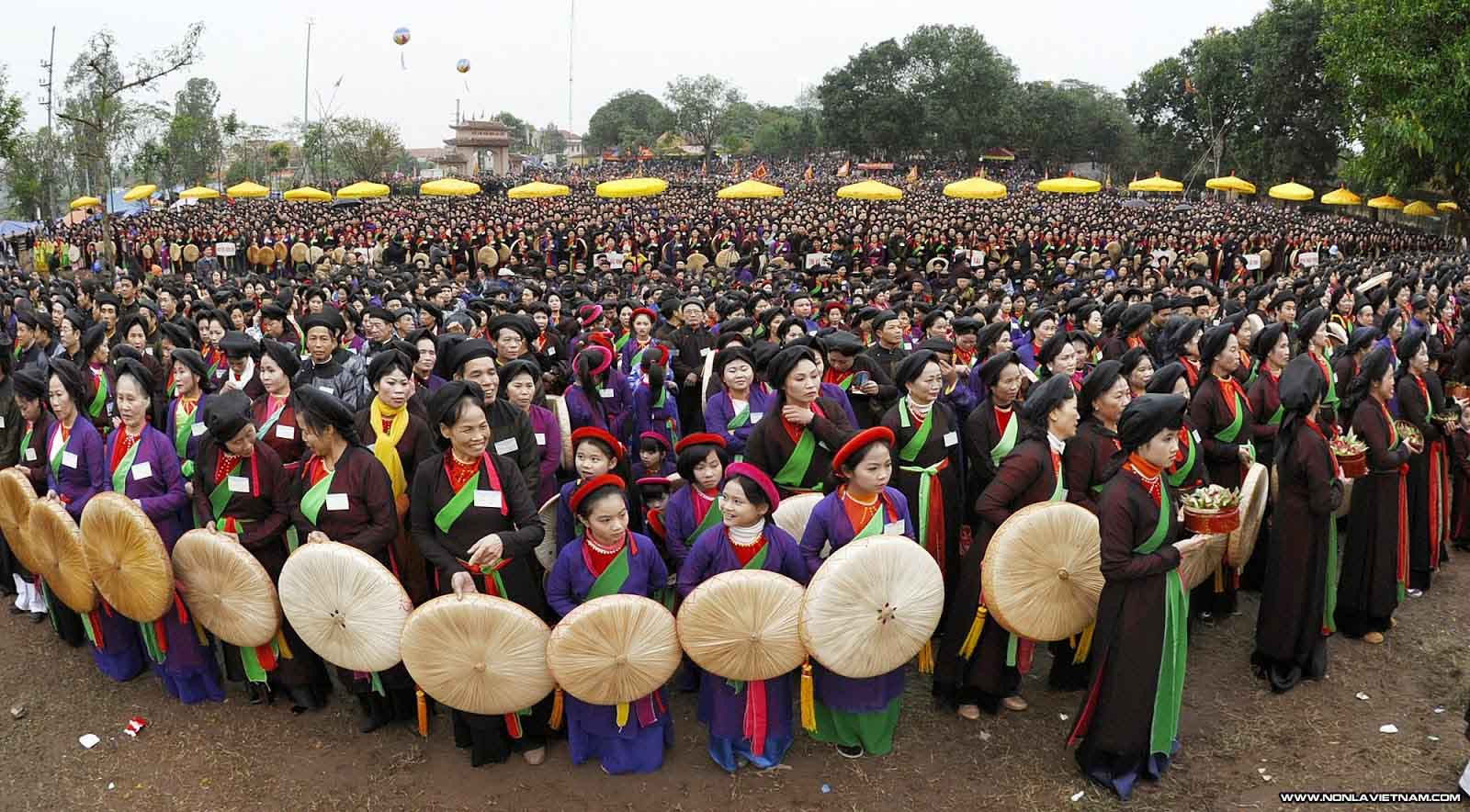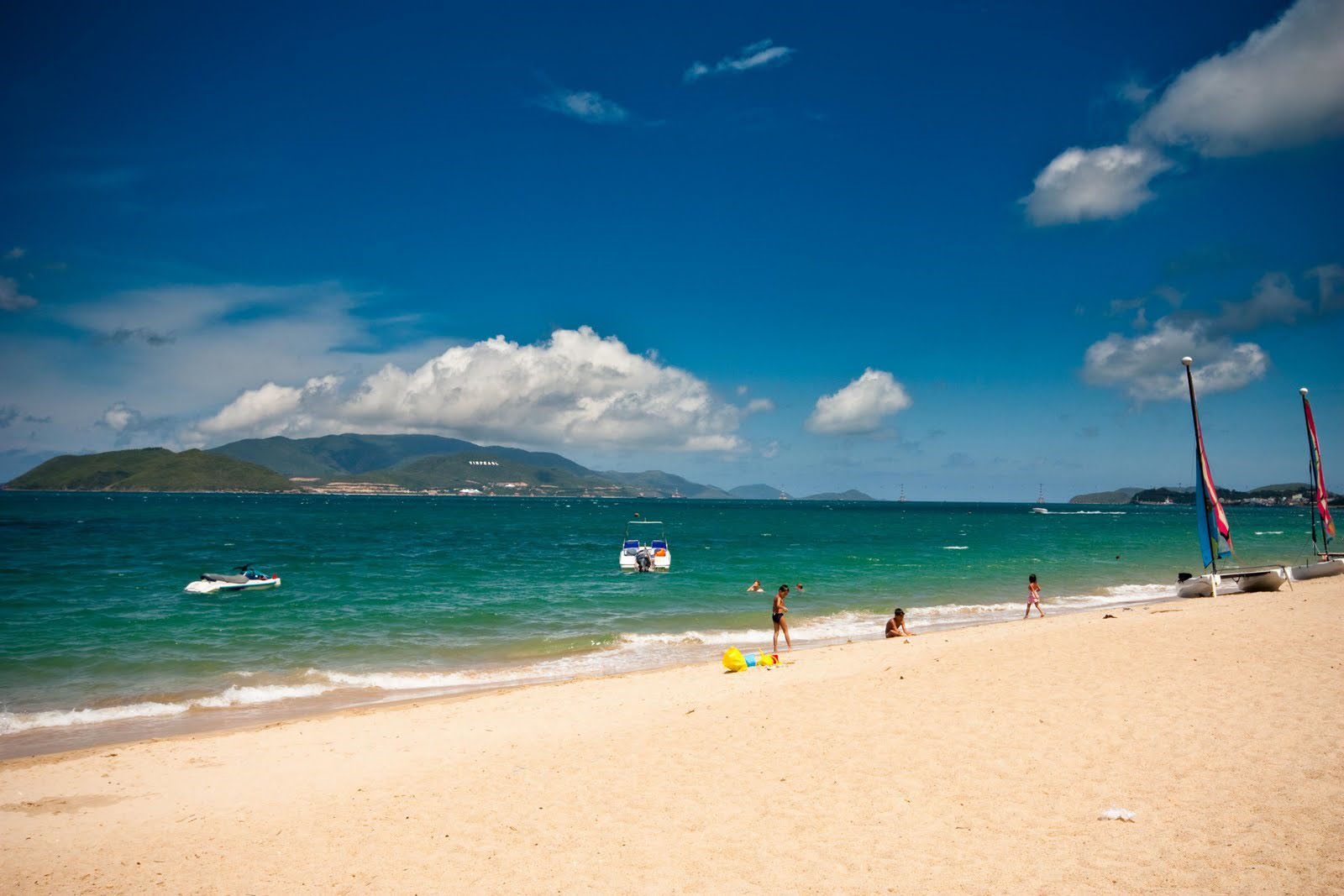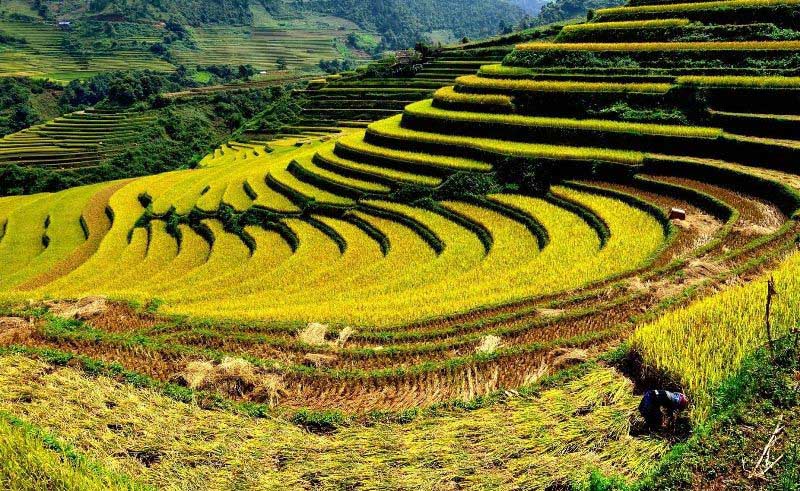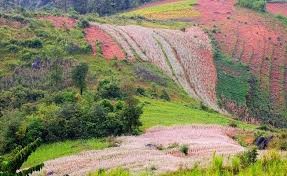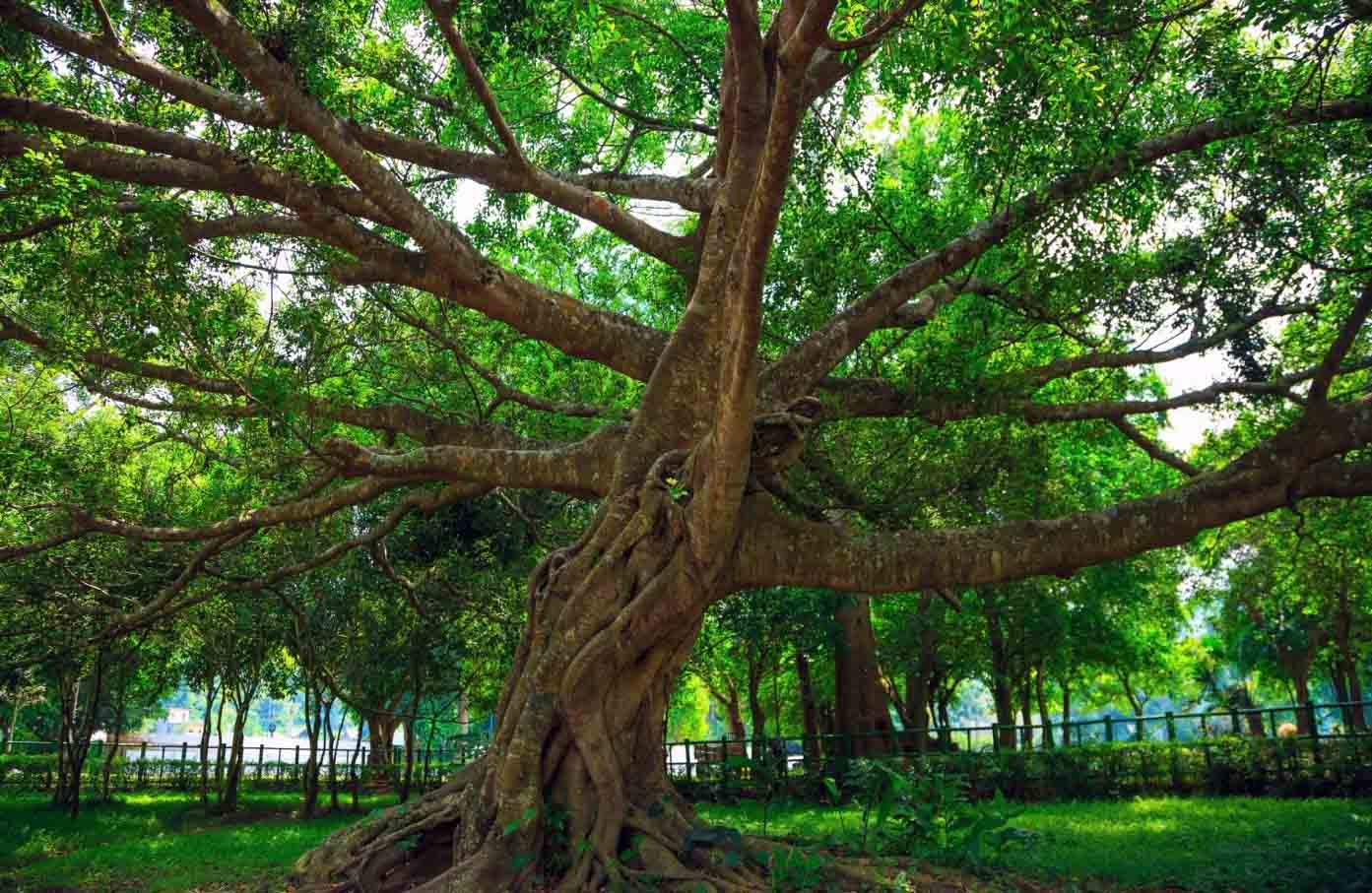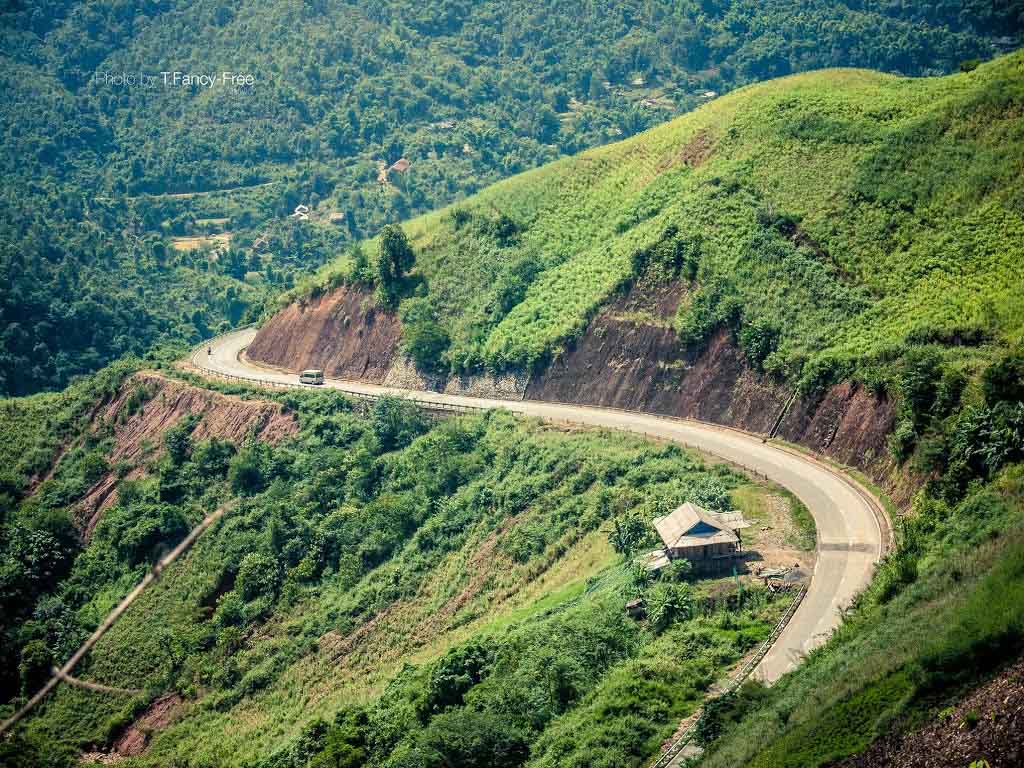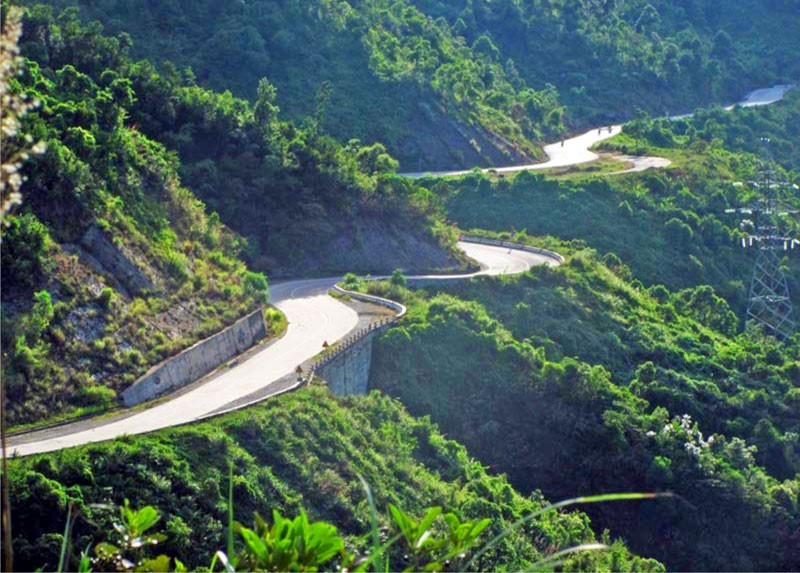Halong travel information
A natural wonder of the world and one of Vietnam’s five UNESCO World Heritage Sites, magnificent Halong Bay lies 160km to the east of Hanoi. Over three thousand jagged limestone islands emerge from the emerald green waters of Halong Bay. While some islands are no more than large rocks others are much more substantial and contain huge cathedral-like caves of stalactites and stalagmites. Most of the islands are clothed in thick green vegetation and ring with the sound of bird song in the early morning. Secluded sandy coves are everywhere and in the summer months the warm waters of the bay are ideal for swimming. Halong’s largest island, and one of the few that are inhabited, is Cat Ba which has some nice beaches and a national park on it.
The best way to appreciate the delights of Halong Bay is to cruise among the islands on a wooden junk. Fresh seafood can be bought from the local fishermen directly from their rowing boats and cooked up for a delicious lunch. For a real Indochina of old experience cruise the bay’s emerald waters in style with Indochina Sails Cruises on board their wonderfully nostalgic 15-cabin replica wooden cruise.
Nowaday, Halong Ocean Park and a cable car parallel with Bai Chay bridge are under construction and anticipated to complete in the year 2016, expected to become a new highlight for Halong bay travel.
Related Halong Bay Tours:
- Kayaking and cruising in Halong bay 3 Days - 2 Nights
- Kayaking Halong bay and trekking in Cat Ba island 5 Days - 4 Nights
- Trekking in Cat Ba island and kayaking Halong bay 4 Days - 3 Nights
More guide...
Responsible Travel
Asia Travel News



